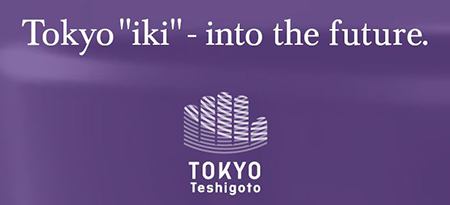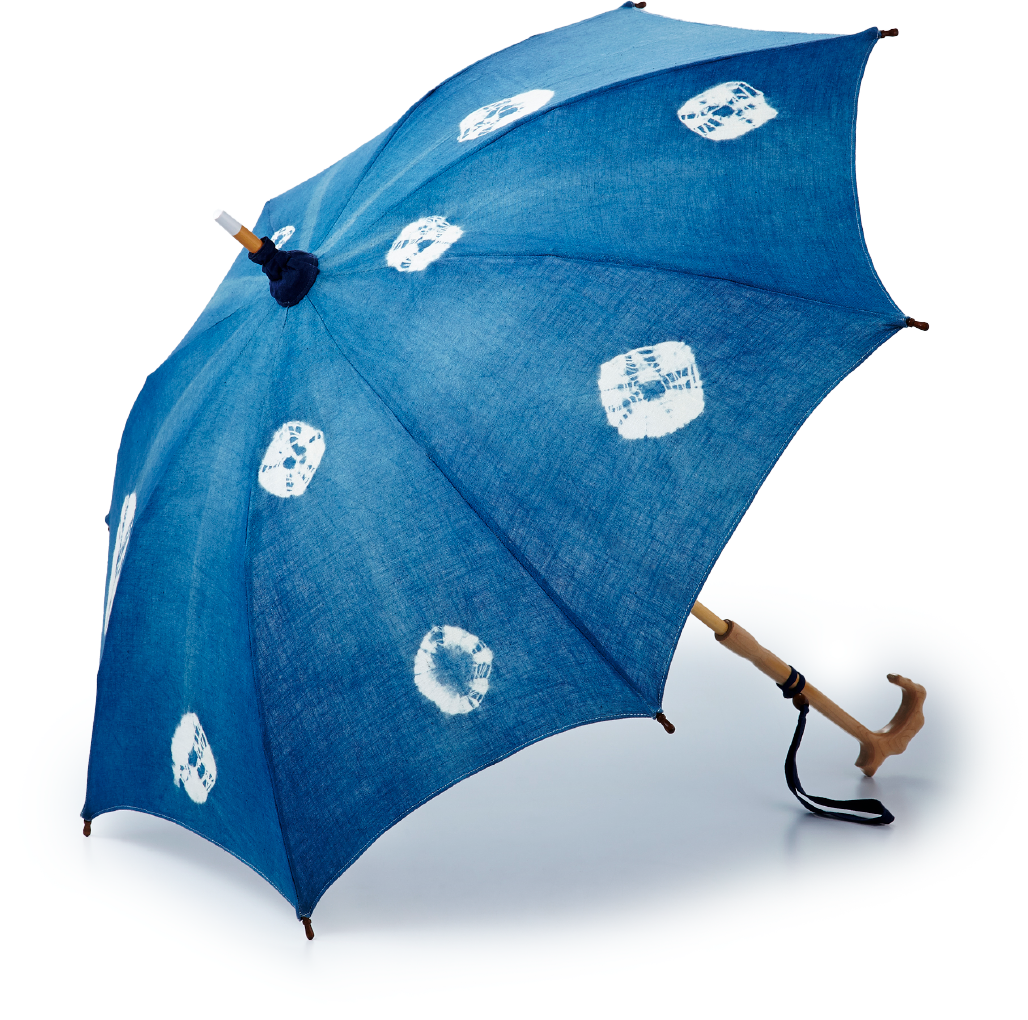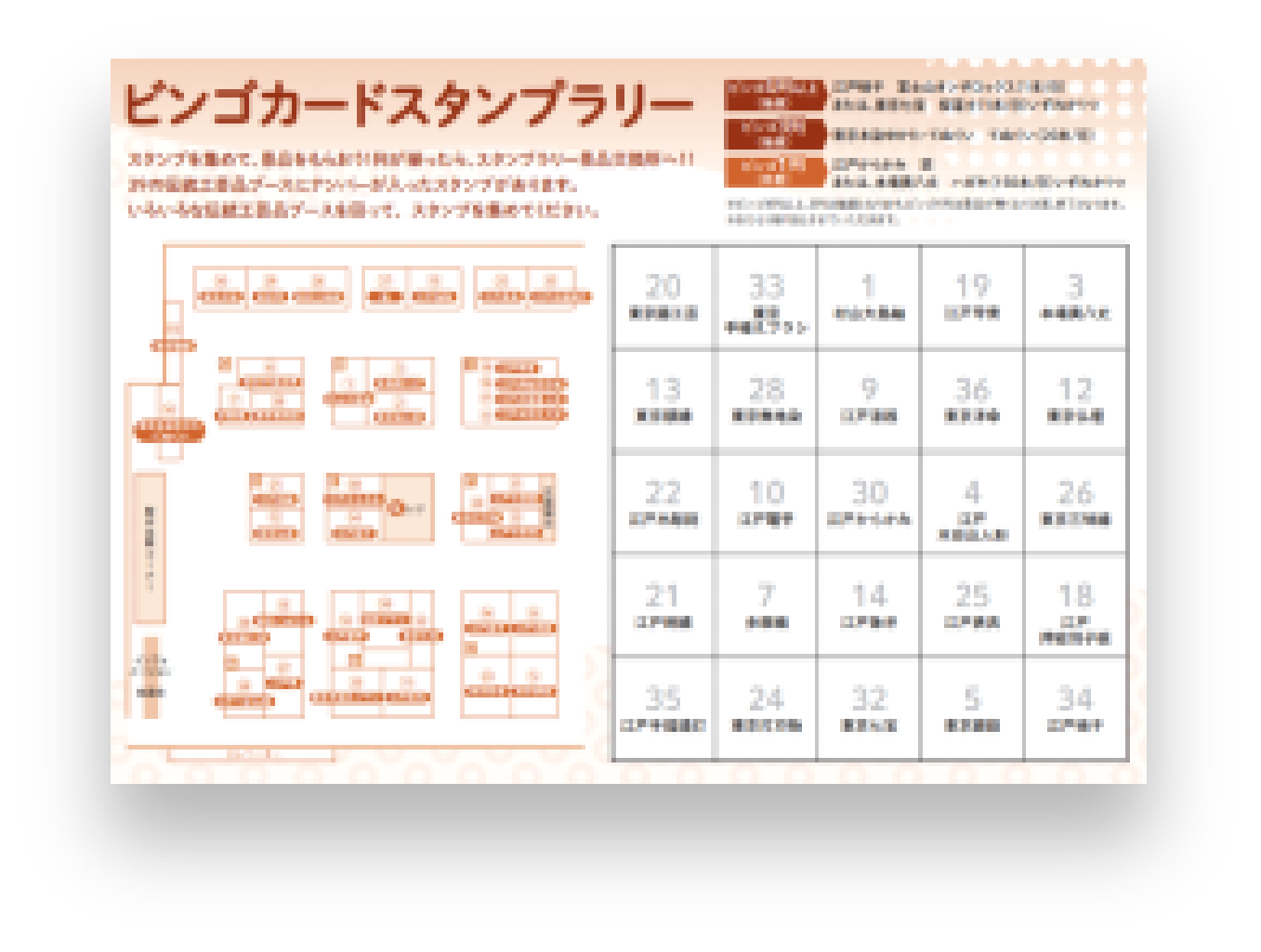From January 18 (Wednesday) to January 23 (Monday), 2023
*10:30-19:30
*Close at 18:00 on the final day
Tokyo Metropolitan Government (TMG) will be hosted
the 66th Tokyo Traditional Crafts Fair at Takashimaya Shinjuku Store.
This fair will features crafts displays, sales.
Please take this opportunity to touch the traditional crafts of Tokyo,
feeling it closely to the daily use, and to see various techniques which
have been inherited from generation to generation by craftsmen.
The 66th Tokyo Traditional Crafts Fair

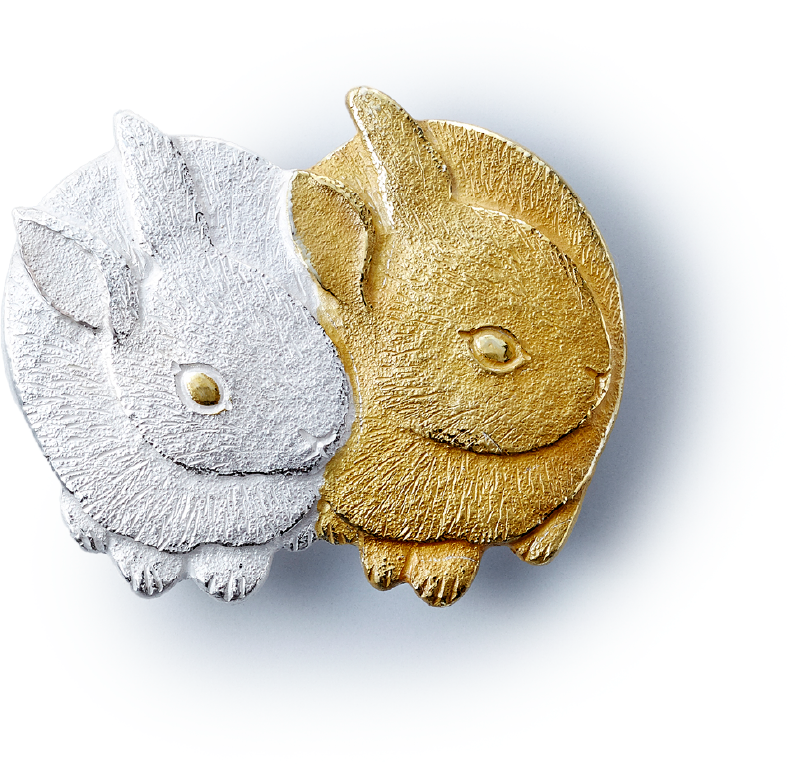
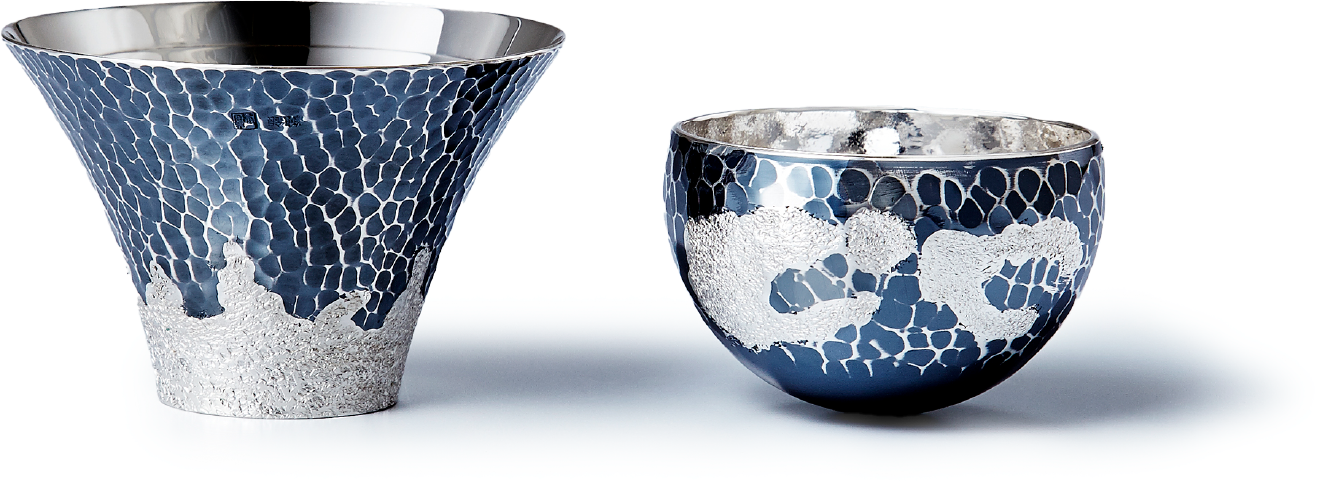
Event Details
Date
Location
Takashimaya Shinjuku Store 11F
5-24-2, Sendagaya, Shibuya-ku, Tokyo
※Free admission
Contents
●Exhibition and sale of traditional crafts made by Tokyo artisans
●Demonstration of craftsmanship and traditions
●Tokyo Shamisen(Three-Stringed Musical Instrument) and
Tokyo Koto(Japanese Harp) performances
●A hands-on corner for challenging traditional craft skills
●Lottery to win Tokyo traditional crafts
●Stamp rally with prizes through booth tour
Sponsor
Tokyo Metropolitan Government
Support Group
Tokyo Liaison Council of Traditional Craft Industry Organizations
Tokyo Traditional Craftsmen's Association
Tokyo Traditional Youth Craftsmen's Association
Administrative Office
Tokyo Metropolitan Foundation for Small and Medium Enterprise Promotion
Others
English-speaking staff will be available on site throughout the exhibition period
EVENT INFORMATION
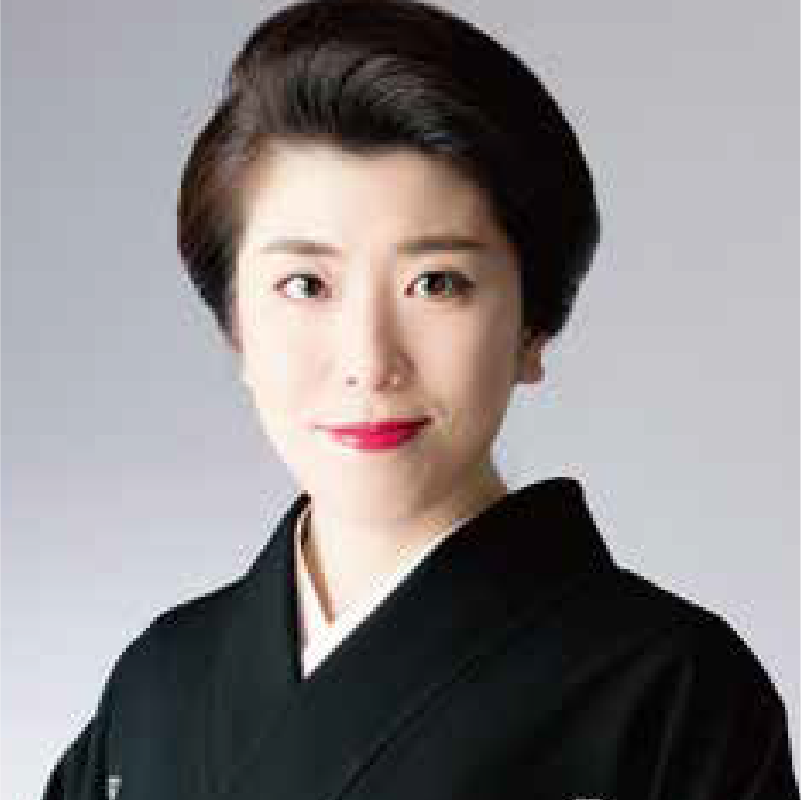
Maiko Sakata
Nagauta (long epic song)
studied Nagauta Shamisen with Touon Master, Keiko Tajima and Touon Master, Mutsuko Otsuka. She studied the Toumei style of Nagauta under Reishu Toumei. She graduated from the department of traditional Japanese music, faculty of music, Tokyo university of the arts. She received the Jouei Prize while still a student. She is a member of the Nagauta Touonkai and the Nagauta Association. She is also a part-time lecturer at ARIAKE College of Education and Arts.

Kaoruko Ito
Nagauta (long epic song)
learned Nagauta(long epic song), Shamisen from her grandfather Shokuro Matsushima, father Tojiro Matsushima, and mother Etsuo Kineya at an early age. She graduated from the department of traditional Japanese music, faculty of music, Tokyo university of the arts, and received her master's degree from the graduate school. After that, she studied under Eitoshiro Kineya. She is a member of the Nagauta Touonkai. and the Nagauta Association.
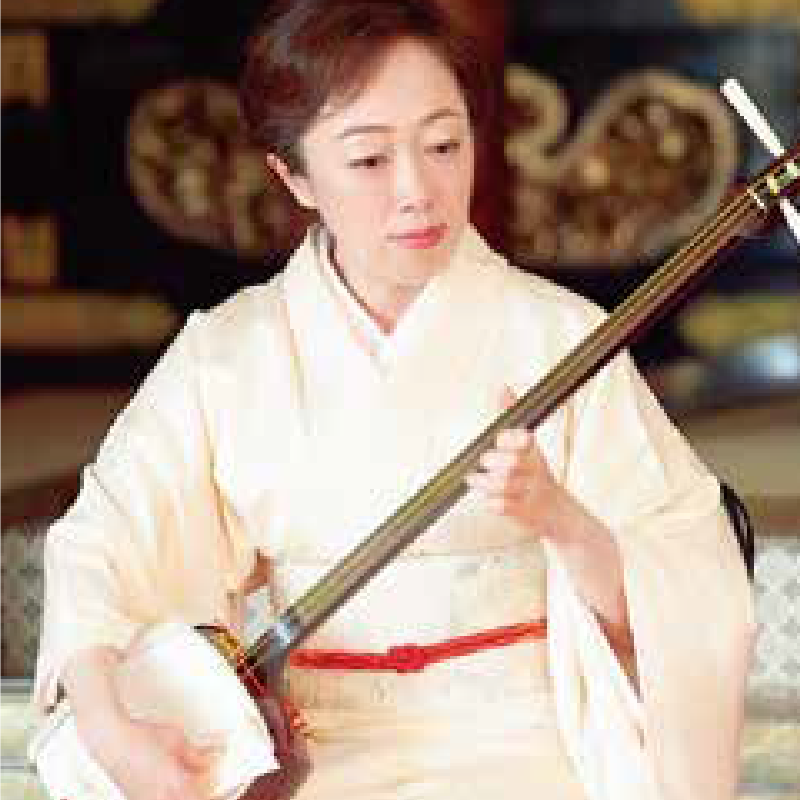
Maya Yamao
Nagauta (long epic song)
graduated of from Tokyo university of the arts, graduate school of music, and is currently performing in NHK Drama 10 "O-oku". She has been invited to perform in Germany, France, the U.S., Russia, Australia, Jamaica, and other countries, and has appeared in cultural, art, and Mecenat projects throughout Japan. She presides over the Yuei Kei Wakukan ASACHAYA.
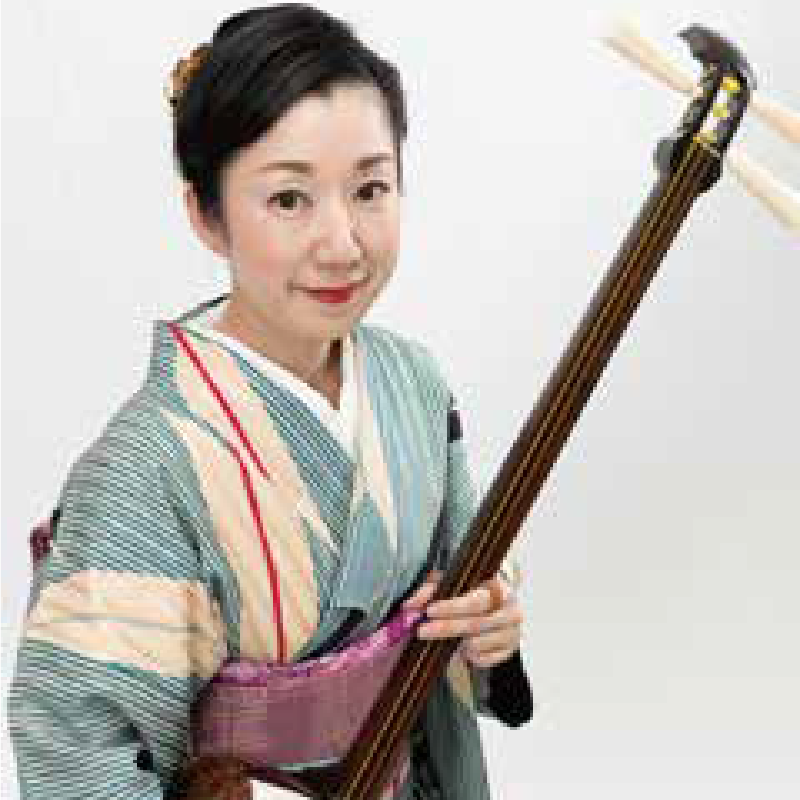
Shiho Tanaka
Tsugaru-jamisen (a three-stringed banjo-like Japanese musical instrument)
began learning the Tsugaru-jamisen at the age of 10. She studied Tsugaru jamisen and Japanese folk song under Yukiji Takahashi, Yujiro Takahashi, grandmaster of Takahashi school, and Mariko Nakahara, Japanese drum and singing under Shigeri Kitsu, and singing and min'yo under Akiko Kiyono. In 2022, she won the first prize of Japan folksong & dance foundation championship, adult division flag competition (Ume no kumi).
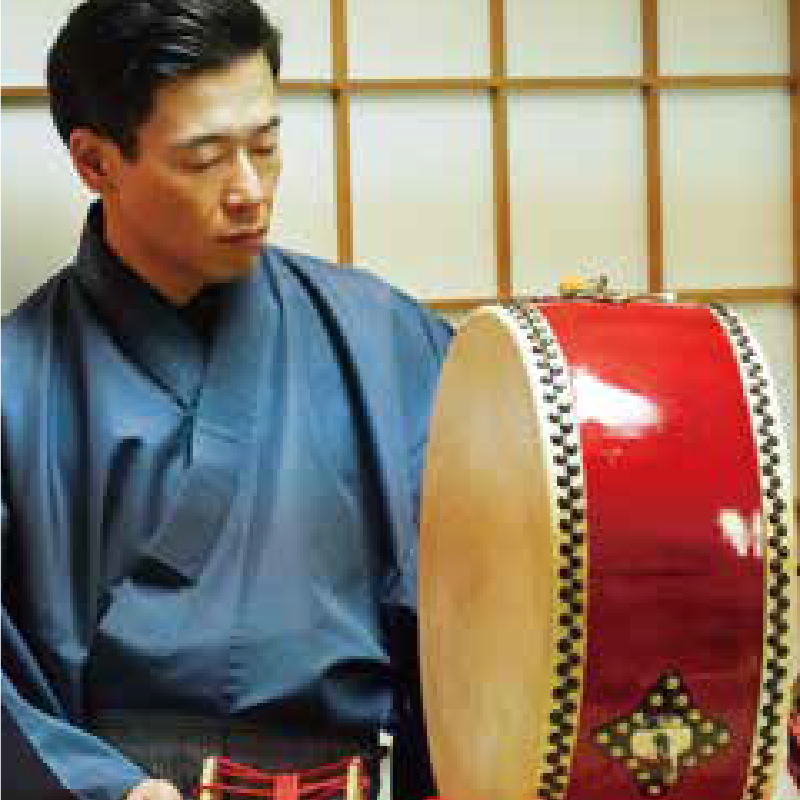
Sakijuro Mochizuki
Ohayashi (Japanese orchestra)
is a musician of the Mochizuki school. After graduating from instrumental music of the Elisabeth university of music, he studied in the special course and then studied for a master's degree at the Tokyo university of the arts department of traditional Japanese music. Then, he was allowed to use the name Sakijuro Mochizuki. He studied Japanese traditional music under Sakisaburo Mochizuki. He is active in dance performances and concerts in Japan and abroad.

Mai Suzuki
Koto/Jiuta (Japanese harp/ Folk song)
learned to play Koto from her grandmother Toshiko Ishida at an early age, then studied Koto and Sangen from Satomi Fukami. She graduated from Japanese music of Toho gakuen college of drama and music. While a student, she learned 25-string Koto from Keiko Nosaka and Michiko Takita. She graduated from Ikuta school of Koto music of Tokyo university of the arts. She is a recipient of the Acanthus music award.

Manami Ishida
Koto/Jiuta (Japanese harp/ Folk song)
learned to play Koto from her grandmother, Toshiko Ishida at an early age, and later studied Koto and Sangen with Satomi Fukami. She graduated from Tokyo university of the arts, majoring in Ikuta-ryu Koto music. She received the Acanthus music award. She performed at the Touka gakudo and performed in the 69th NHK Kohaku Uta Gassen.

Tokue Kineya
Nagauta (long epic song)
is the grandmaster of Kinetoku school of long epic song. He is the third generation of the Kinekatsu school, which was established by his grandfather from Taisho to Showa prewar eras. His mother grew up in a Nagauta family in Kichijoji with a shamisen player. He studied Gakuri and modern music under Naoharu Yamakawa and Masanori Iwao. In addition to performing, he has developed a new draft score and many creative compositions.

Tokuou Kineya
Nagauta (long epic song)
graduated from Kokugakuin university, faculty of law, and fascinated by Japanese traditional music, rakugo, kabuki, and other classical performing arts since around age 20, She studied under Kineya Tokue, the grandmaster of the Kine Toku school of Nagauta, was granted the name Kineya Echou in 1992, and became a master in 2001 as Tokuou Kineya. In addition to performing, she promotes traditional Japanese culture.
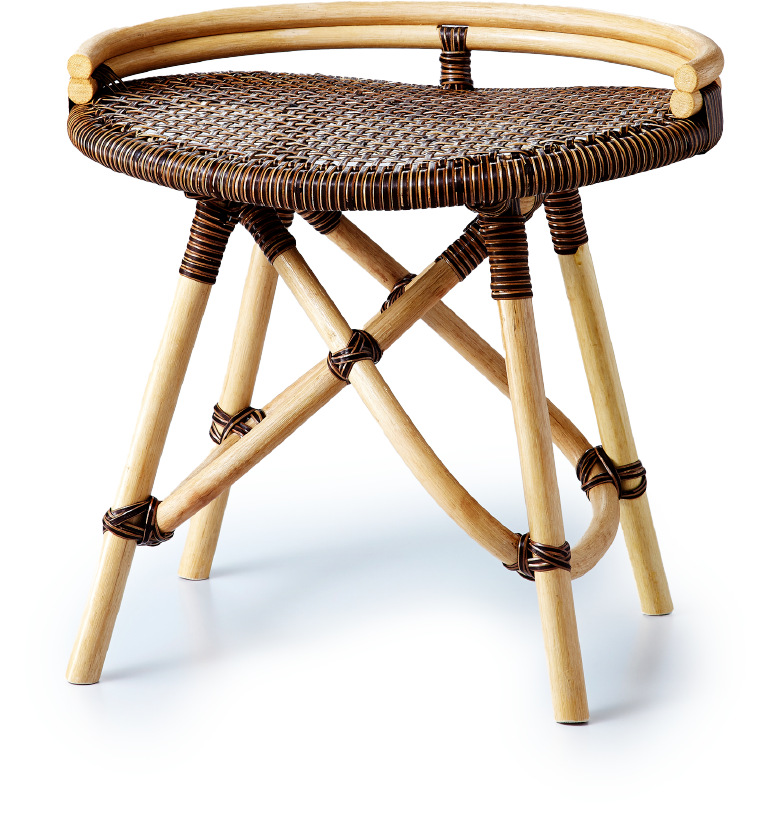
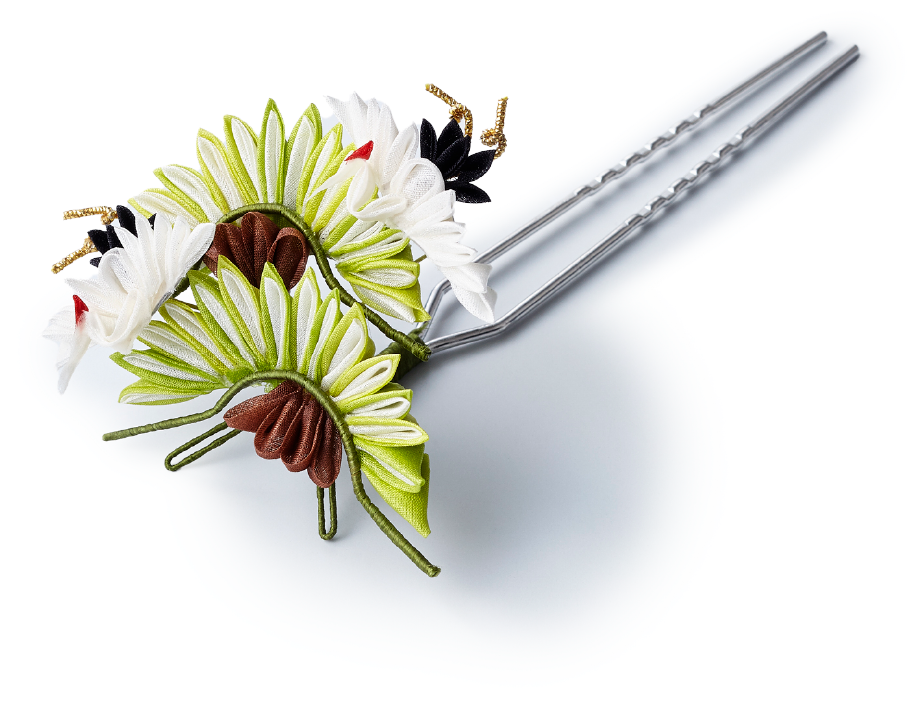
ACCESS
● 2-minute walk from JR Shinjuku Station, New South Gate and Mirina Tower Gate.
● 5-minute walk from Shinjuku Station of Toei Shinjuku, Oedo Line, and Keio New Line.
● 3-minute walk from Shinjuku-Sanchome Station, Tokyo Metro Fukutoshin Line (Directly connected to the subway exit on B1 floor).
● 2-minutes walk from Shinjuku Expressway Bus Terminal.


